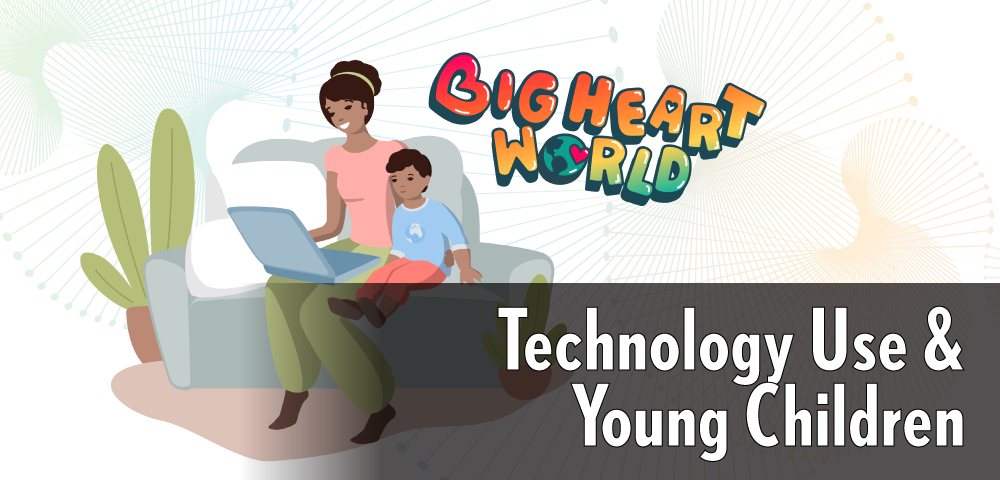Technology is a big part of FCPL's mission to adopt and introduce new tools and technologies to meet community needs. Visit your local branch to connect with:
Library Alert:

Technology at the Library
Technology is a big part of FCPL's mission to adopt and introduce new tools and technologies to meet community needs. Visit your local branch to connect with:
Learn about how the library catalog works.
Manage holds, renew materials, apply for a card, change your password and more.
The Access Services branch of Fairfax County Public Library removes barriers to services, programs and resources for individuals with disabilities.
We administer the Talking Book program on behalf of the Library of Congress, where we provide books and magazines in braille and audio format to individuals of all ages who are unable to read due to blindness, visual impairment, or disability.
We provide home delivery of materials to people who cannot physically visit a local library due to age, disability, or frailty. We offer opportunities to learn about and use assistive technologies. We also welcome invitations to present about our services and participate in community events.
Digital equity ensures opportunities for Fairfax County residents to participate and engage in a connected community. The ability to access, understand and use digital tools is essential for many tasks in modern life, including applying for jobs, paying bills, enjoying recreational activities, completing homework, staying informed and connecting with government/community services.
Build your skills with the Library's wealth of free learning resources!
There are online-learning resources that allow you to choose topics and classes and learn at your own pace.
Technology skill-building events are held county wide and many of the events are free of charge.
Today we are surrounded by technology. Children are exposed to televisions, computers, tablets, smart phones, video games and other devices inside and outside the home. According to the Centre of Excellence for Early Childhood Development and the Strategic Knowledge Cluster on Early Child Development, about 83% of children ages 6 months to 6 years access screens every day to play, learn or read.
Children learn about the world around them by using their senses: hearing, seeing, touching, tasting, feeling. Technology can be a part of this learning, especially if parents participate with their children. Interactive programs that engage young children in playful activities are particularly good at helping young children learn.
 One example is Sparkler Learning’s Big Heart World, which offers videos, books lists and activities that parents can enjoy together with their children. Plus, its podcast for parents, Little Kids, Big Hearts, discusses introducing big topics to your children. Sharing technology time together helps parents talk with children, use new vocabulary and demonstrate good ways to use technology.
One example is Sparkler Learning’s Big Heart World, which offers videos, books lists and activities that parents can enjoy together with their children. Plus, its podcast for parents, Little Kids, Big Hearts, discusses introducing big topics to your children. Sharing technology time together helps parents talk with children, use new vocabulary and demonstrate good ways to use technology.
Technology can also help children strengthen relationships, both with themselves and others. A child may gain confidence in expressing him/herself using a drawing or writing activity. A child may share ideas with others or solve a puzzle together.
Children and families have many different needs. Technology use will not look the same in every family. Remembering to focus on active learning and relationships can help parents make good decisions about technology use for young children.
A growing body of research is helping identify best practices and useful strategies for families to manage children’s interactions with digital media. The following tips for setting limits and using technology with preschoolers are a good place to start.
Have a technology question? Get hands-on from a library volunteer! Help is available with:
Please bring your device, account IDs and passwords, if possible.
Find information on 3D printing, wireless internet access, wireless printing, our TechLab, technology tutors, events centered around technology and any other tech-related programs and services.
